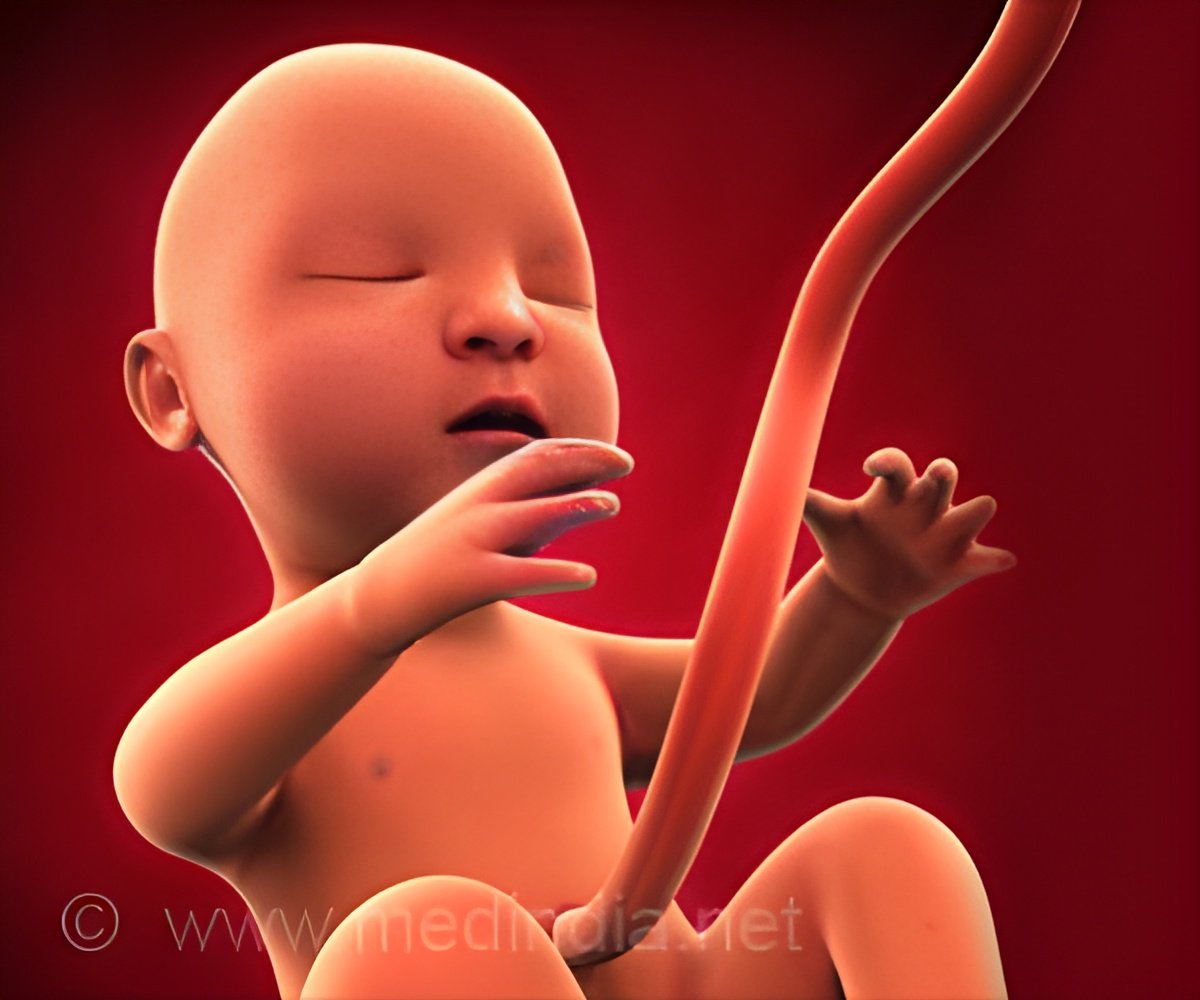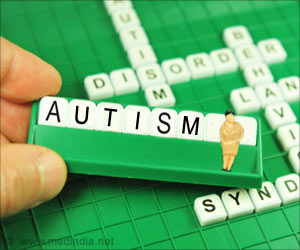For individuals with gender dysphoria, the conflict between experienced gender identity and sex observed at birth produces significant emotional distress.

‘For individuals with gender dysphoria, the conflict between experienced gender identity and sex observed at birth produces significant emotional distress.’





This month, a Brown University researcher published the first studyto empirically describe teens and young adults who did not have symptoms of gender dysphoria during childhood but who were observed by their parents to rapidly develop gender dysphoria symptoms over days, weeks or months during or after puberty. "This kind of descriptive study is important because it defines a group and raises questions for more research," said study author Lisa Littman, an assistant professor of the practice of behavioral and social sciences at Brown's School of Public Health. "One of the main conclusions is that more research needs to be done. Descriptive studies aren't randomized controlled trials -- you can't tell cause and effect, and you can't tell prevalence. It's going to take more studies to bring in more information, but this is a start."
The study was published in PLOS ONE.
Littman surveyed more than 250 parents of children who suddenly developed gender dysphoria symptoms during or after puberty. She said she wanted to better understand the phenomenon, which seems to be on the rise, but had been considered atypical even just a few years ago. Gender dysphoria is defined as the emotional distress a person feels because of the difference between their experienced gender identity and their sex observed at birth. Gender dysphoria is not the same as gender nonconformity, or not following the stereotypes of one's assigned gender.
The children of the parents surveyed were more than 80 percent female at birth and ranged between 11 and 27 years old at the time of survey, with an average age of 16. Additionally, 47 percent of the children were reported as academically gifted, and 41 percent expressed a non-heterosexual sexual orientation prior to their gender dysphoria symptoms. Most of the parent respondents were female, white and U.S. residents.
Advertisement
Among the noteworthy patterns Littman found in the survey data: 21 percent of parents reported their child had one or more friends become transgender-identified at around the same time; 20 percent reported an increase in their child's social media use around the same time as experiencing gender dysphoria symptoms; and 45 percent reported both.
"Of the parents who provided information about their child's friendship group, about a third responded that more than half of the kids in the friendship group became transgender-identified," Littman said. "A group with 50 percent of its members becoming transgender-identified represents a rate that is more 70 times the expected prevalence for young adults."
Additionally, 62 percent of parents reported their teen or young adult had one or more diagnoses of a psychiatric disorder or neurodevelopmental disability before the onset of gender dysphoria. Forty-eight percent reported that their child had experienced a traumatic or stressful event prior to the onset of their gender dysphoria, including being bullied, sexually assaulted or having their parents get divorced.
This suggests that the drive to transition expressed by these teens and young adults could be a harmful coping mechanism like drugs, alcohol or cutting, Littman said. With harmful coping mechanisms, certain behaviors are used to avoid feeling negative emotions in the short term, but they do not solve the underlying problems and they often cause additional problems, she noted.
Littman added that more research is needed to determine the prevalence of rapid-onset gender dysphoria, whether adolescent-onset gender dysphoria and rapid-onset gender dysphoria are temporary or likely to be long term, and how to best to support individuals with rapid-onset gender dysphoria and their families.
As a next step, Littman is planning to survey parent/teen pairs where the teenager experienced rapid-onset gender dysphoria and their symptoms of gender dysphoria resolved in one to three years without medical treatment. She has encountered such stories anecdotally, she said, and wants to better understand this phenomenon.
In addition, Littman is currently analyzing data from a survey of 100 people who experienced gender dysphoria, chose to undergo medical or surgical transition, and then de-transitioned by stopping hormone treatment or having surgery to reverse the effects of transition.
"There's a lot that we don't know about gender dysphoria," Littman said. "The cultural landscape has changed very dramatically, so it's not unexpected to see new types of presentations. It's important to determine which patients would benefit from medical and surgical transition and which patients would not benefit and might be harmed."
Source-Eurekalert








